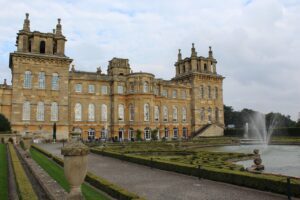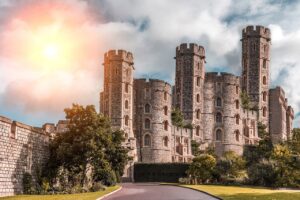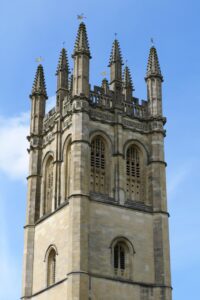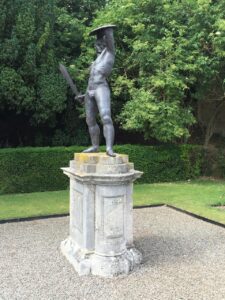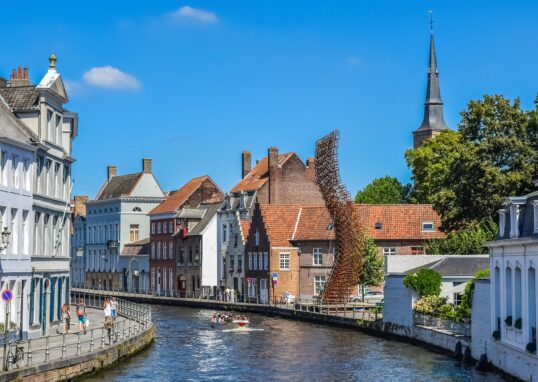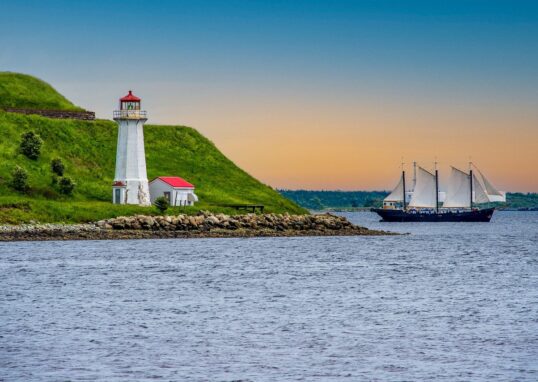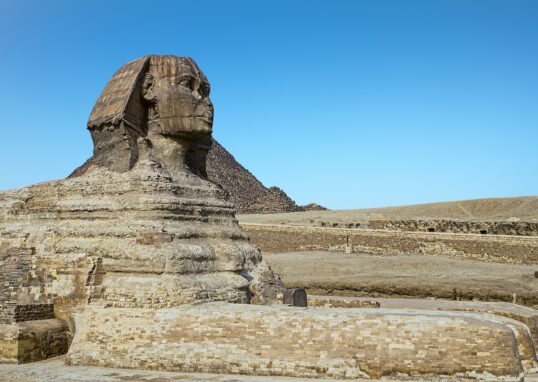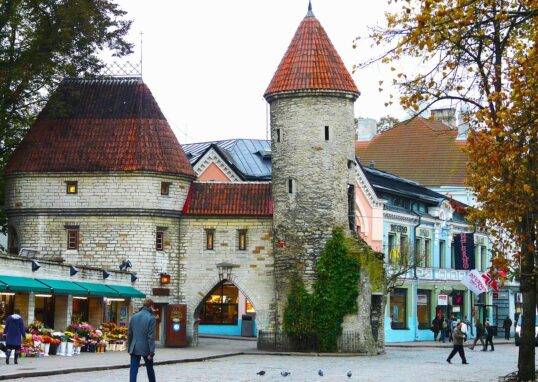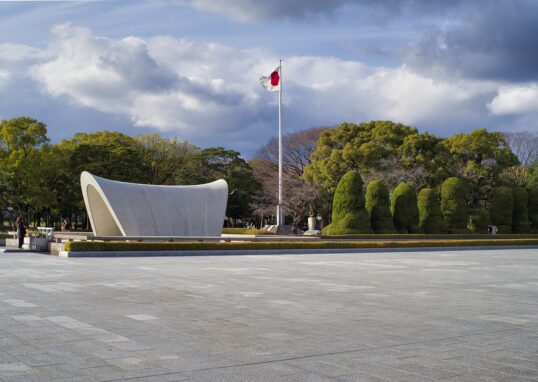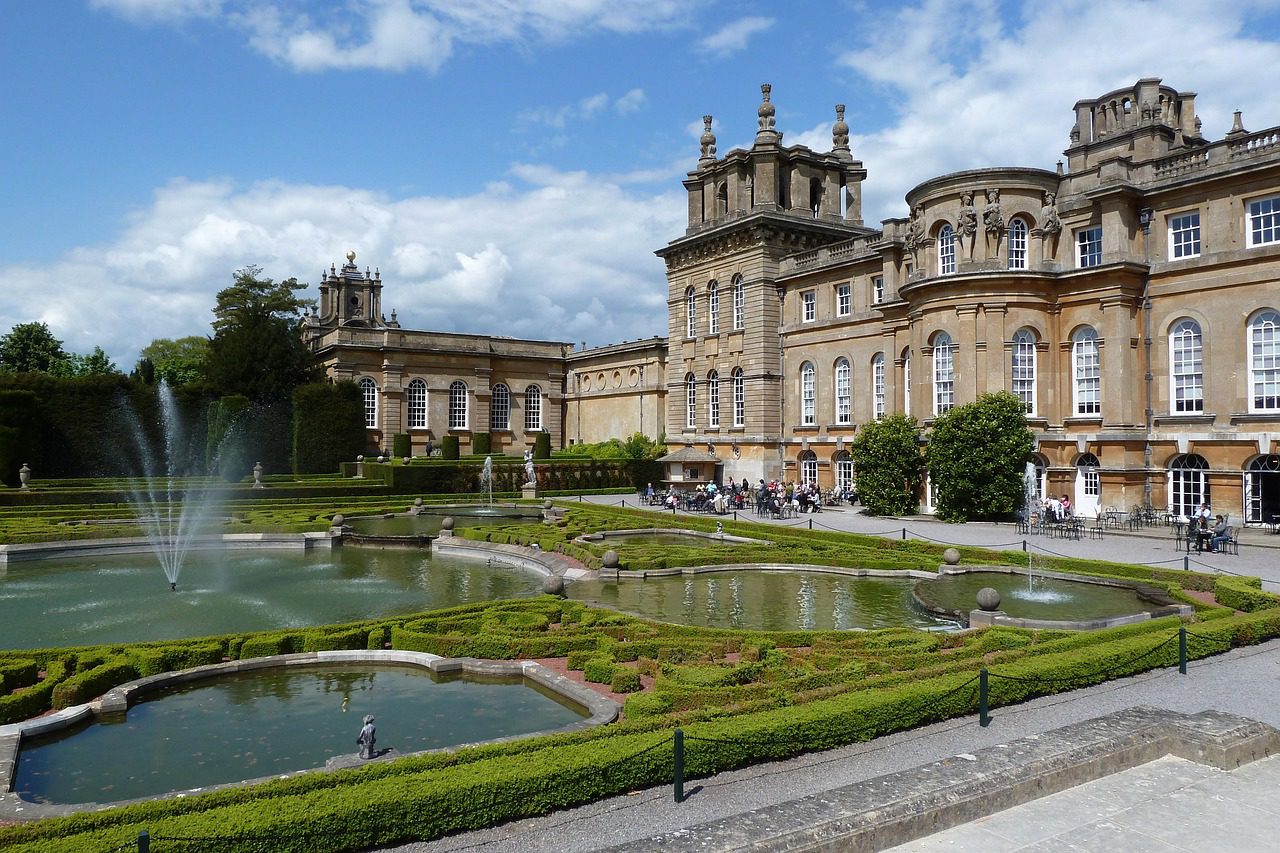
Blenheim Palace: A Timeless English Masterpiece
Blenheim Palace, located in Oxfordshire, England, is perhaps one of the most outstanding Baroque architectural buildings in the entire world. It is not just a palace but a vibrant legend that symbolizes British culture, history, and art. It was built in the early 18th century and is the only non-royal, non-episcopal English country house to be classed as a “palace.” It is proudly home to the birthplace of Sir Winston Churchill, the renowned British prime minister who guided the country through World War II. Blenheim Palace is a World Heritage Site by UNESCO today. It reflects architectural grandeur and an intense history of heritage, power, and art. The vast estate has stately gardens, lakes, and woods, which provide tourists with a mix of history, nature, and beauty.
History of Blenheim Palace
The Blenheim Palace history began in the early 18th century. It was built to honor John Churchill, 1st Duke of Marlborough, for defeating the French at the Battle of Blenheim in 1704. Queen Anne gave him land and funds to build a great house in gratitude on the nation’s behalf. Construction began in 1705 under architect Sir John Vanbrugh, renowned for his forceful Baroque style. Great architect Nicholas Hawksmoor assisted him. Nevertheless, the building was fraught with troubles. Political circumstances, funding problems, and clashes between the architect and the Duchess of Marlborough hindered the process. Lastly, the palace was completed in 1722. It was no longer a house but had turned into a symbol of victory and British pride. Over time, the palace was restored and modified, but its core was maintained.
Architecture and Design
Blenheim Palace is one of the best examples of English Baroque architecture. It has majesty along with artistic splendor. Tall Corinthian columns, detailed carvings, and majestic towers embellish the palace. Its large courtyards and wide corridors add to its regal charm. The palace’s interior is equally impressive. The State Rooms welcome the visitors, ceiling height of 20 meters decorated with frescoes. The 18th-century paintings, tapestry, and exquisite furniture decorate the State Rooms. Each room is a story of history and opulence. The Long Library is one of the palace’s highlights. It contains thousands of volumes and a huge organ at one end, and so it is an awe-inspiring sight. The library tells us about the intellectual inclinations of the Marlborough family. The palace’s architecture captures both strength and beauty. Balance between heavy stonework and fine work gives it a certain identity. Each nook and corner is art, history, and know-how rolled into one.
Gardens and Landscape
Blenheim Palace gardens are as grandiose as the palace itself. The estates were transformed in the 18th century by renowned landscape architect Capability Brown into a typical English landscape garden. The palace sits in 2,000 acres of parkland, with rolling hills, tranquil lakes, and mature trees. The Great Lake, created by damming the River Glyme, offers a magnificent reflection of the palace frontage. Individuals can enjoy peaceful walks by the lake or boat excursions in summer.
- The Formal Gardens – The Water Terraces, Rose Garden, and the Secret Garden are included in these. They consist of geometric layouts, fountains, and multicolored blooms.
- The Italian Garden – Designed on lines of symmetry and grandeur, it flaunts traditional stonework and trimmed hedges.
- The Churchill Memorial Garden – A singular tribute to Winston Churchill, this garden celebrates his life and achievements. Every garden offers something unique, changing color and mood with the seasons.
The Birthplace of Winston Churchill
Another very famous fact surrounding Blenheim Palace is that it was the birthplace of Sir Winston Churchill. He was born on November 30, 1874. Although his family did not inherit the dukedom themselves, he spent most of his childhood at Blenheim. Today, there is a unique Churchill Exhibition within the palace that details his life and achievement. Individuals may see his photographs, letters, and personal items. The room of birth remains intact and open for public viewing. Churchill often said that Blenheim Palace possessed the ability to fill him with a great love for England. His relationship with the property remains a source of pride for the palace and the nation.
Cultural Importance
Blenheim Palace is more than a historic structure—it’s a cultural icon. The Dukes of Marlborough-owned palace boasts exhibitions, concerts, and public events throughout the year. Blenheim Palace has been used as the backdrop for several films and TV shows like Harry Potter and the Order of the Phoenix, Spectre, and The Favourite. The palace’s art collection consists of works by Van Dyck, Reynolds, and European masters. Its passages are decorated with exquisite sculptures, portraits, and antiques. Each object reflects the wealth and power of the Marlborough family. The palace is also engaged in modern cultural and environmental activities today. It promotes sustainability, eco-tourism, and the preservation of cultural heritage.
Visiting Blenheim Palace
It is like walking into the pages of history to see Blenheim Palace. Guided tours of the palace allow one to stroll through its stunning interiors and learn about its history. Multimedia exhibits, displays, and special seasonal events bring the palace to life. The Butterfly House and Pleasure Gardens are perfect for kids. There are playgrounds, mazes, and a toy train that travels between different areas of the estate. Afternoon tea can also be enjoyed in the palace café or the gift shop for shopping for souvenirs.
Surrounding Places and Attractions
The area around Blenheim Palace is full of charm and history. The palace is located in the historic town of Woodstock in Oxfordshire. The town itself is small but is full of history, including stone-built houses, boutique stores, and traditional English pubs. Close by is the City of Oxford, only 12 miles away from here. Oxford is famous for its top university, stunning architecture, and academic history. Visitors can walk by the colleges, see the Bodleian Library, or take a boat ride along the River Thames.
Woodstock – The Palace’s Historic Neighbor
Outside the entrance gates of Blenheim Palace is the quaint town of Woodstock. This medieval market town has been associated with the palace and Marlborough family for many years. Woodstock has its streets lined with charming stone cottages, charming inns, and boutique shops. The buildings of the town reveal centuries of English tradition, complete with 17th and 18th-century structures. There is a promenade through its tight streets, where antique shops, art galleries, and cafes await to be found. The Oxfordshire Museum in Woodstock town centre gives details of the local history, archaeology, and wildlife. A nice venue to visit for families and history enthusiasts. The Soldiers of Oxfordshire Museum, which is within a short distance, tells the story of local soldiers and war happenings associated with the local area. Woodstock boasts traditional English pubs like The King’s Arms and The Crown, in which visitors can sample local food and ale. Woodstock’s peaceful ambience is the perfect complement to a day at Blenheim Palace.
Oxford – The City of Dreaming Spires
Only a little over 12 miles (19 km) from Blenheim Palace, Oxford is England’s most famous city. Known as the City of Dreaming Spires, Oxford is the home of one of the world’s oldest and most prestigious universities — the University of Oxford. A trip to Oxford is like entering a museum alive. The skyline of the city is dominated by medieval and Renaissance spires, domes, and towers. One can visit historic colleges such as Christ Church, Magdalen, and Balliol College, each with charm and legends of its own. The Bodleian Library is a treasure too — one of the oldest libraries in all Europe, with rare manuscripts and books. Book lovers can also drop by Eagle and Child Pub, where J.R.R. Tolkien and C.S. Lewis would argue about their now-bestselling novels. Oxford is not merely history. There is the shopping in the Covered Market, boat cruises along the River Thames, and green parks like Christ Church Meadow. There is the Ashmolean Museum for the art enthusiast with ancient relics and world-class collections of artwork. For the Blenheim Palace visitor, Oxford is an excellent half-day or day trip with history, culture, and beauty.
The Cotswolds – England’s Countryside Jewel
The Cotswolds, but a short drive from Blenheim Palace, are the quintessence of the English countryside. Famous for their honey-hued stone villages and gently rolling hills, the Cotswolds are an Area of Outstanding Natural Beauty. England’s most beautiful villages are Bourton-on-the-Water, Bibury, Stow-on-the-Wold, and Broadway. All of them have charming tea rooms, stone bridges, floral gardens, and small local stores that sell handcrafted products. Bourton-on-the-Water is also known as the “Venice of the Cotswolds” because of the tiny river that runs through the village. Bibury, with its famous Arlington Row, is one of the most photographed spots in England.
For the serious walker or cyclist, the Cotswolds have an endless number of routes going through farmland, woodland, and old stone cottages. The Cotswold Way, a long distance path, offers stunning vistas and quiet villages to camp in. This is the perfect destination to stop by for those tourists who are interested in experiencing the serenity and charm of rural England after viewing the grandeur of Blenheim.
Bicester Village – Shopping and Luxury
It has over 160 upscale designer stores with discounted prices on premium brands such as Gucci, Prada, Dior, and Burberry. The outdoor environment of Bicester Village offers a fun shopping experience with clean walkways, eateries, and restaurants. Buyers often complement a trip to Blenheim Palace with a trip to Bicester for a relaxed shopping excursion. Aside from fashion, the area boasts closeness to other attractions such as the Bicester Heritage, which is a classic car and vintage car restoration destination.
Oxfordshire Countryside – Nature and Heritage
The countryside surrounding Blenheim Palace and Woodstock is full of scenic beauty. With gentle hills, open fields, and quiet woods, this part of Oxfordshire offers many outdoor activities. Walking trails and cycling routes pass through the villages, providing opportunities to discover hidden gems like small churches, old mills, and wildlife reserves. The Glyme Valley Way, a picturesque footpath that traces the River Glyme, is made available for visitors. It offers stunning vistas of woodlands, meadows, and glimpses of deer and swans from time to time. The nearby villages of Bladon, Combe, and Stonesfield are small but charming. Bladon is particularly famous since this is where Sir Winston Churchill is buried. The small St. Martin’s Church in Bladon contains the burial grounds of Churchill and members of his family, and this is an emotional and historic stop for visitors.
Rousham Park House and Gardens
Yet another hidden jewel near Blenheim Palace is Rousham Park House and Gardens, situated approximately 8 miles (13 km) away. The 17th-century house was designed by the famous landscape designer William Kent and is acknowledged as one of the finest representations of early English landscape gardening. Compared to Blenheim, Rousham has not changed much since the 18th century, and hence, tourists experience the authentic feel of history.
Burford – The Gateway to the Cotswolds
Some 25 miles from Blenheim Palace, Burford is described as “the Gateway to the Cotswolds.” The town itself lies perched on a hill slope over the River Windrush and is famous for its medieval bridge, old-fashioned buildings, and antique shops. Burford’s high street has ancient inns, tea houses, and art galleries. Visitors can see St. John the Baptist Church, a 12th-century church featuring unusual historical tombs.
Bladon – The Resting Place of Churchill
As noted above, Bladon is just over 1.5 miles (2.4 km) from Blenheim Palace. The small, serene village is most famous as the final resting place of Sir Winston Churchill. The Church of St. Martin sits quietly on the outskirts of the village, amidst fields and trees. Visitors travel to this site to honor Churchill, who wished to be interred near where he was born and not in Westminster Abbey. The grave is humble, which attests to his humility considering the global fame he had earned. Bladon also features a standard pub and brief walking paths that return one in the direction of Woodstock and the palace.
Witney – A Market Town with Character
About a bit more than 10 miles (16 km) to the west of Blenheim Palace lies Witney, a market town of ancient repute renowned for its history of wool. Cafes and local produce shops center around Market Square and Buttercross Monument in the town. Witney is a friendly community and has weekly markets where visitors can purchase fresh fruits, crafts, and souvenirs. Attractions around the town include the Cogges Manor Farm, which is a heritage center that allows visitors to discover the rural life of old England.
Banbury – A Blend of History and Modern Life
To the north of Blenheim, some 25 miles distant, is the town of Banbury. It’s renowned for the children’s song “Ride a Cock Horse to Banbury Cross.” Now, the Banbury Cross is an emblem of the town.
Wildlife and Nature Around the Palace
The great parkland around Blenheim Palace is home to a great deal of wildlife. Deer, swans, ducks, and special birds are regularly seen roaming freely. The woodland is populated with ancient oaks, wildflowers, and vegetation that supports local biodiversity. The nature paths and cycle trails allow the visitor to wander at their own pace. The air is fresh, and the view of the palace against green fields is one of great beauty.
Events and Festivals
Blenheim Palace hosts a range of events during the year. These include classical music concerts, art festivals, car shows, and food festivals. The Blenheim Horse Trials, an international equestrian event, has competitors and visitors from around the world. Christmas Light Trail is also among the biggest attractions. The gardens and palace are adorned with lovely light installations, which turn the estate into a fairytale environment. Workshops, talks, and family activities are organized throughout the year to educate visitors on conservation, history, and culture.
Modern Role and Preservation
Blenheim Palace continues to be a family home of the Duke of Marlborough in the present day but is open to public access and serves an important role in tourism and heritage. The estate is a large employer with several hundred staff and is a key benefactor to the local economy. Preservation activities ensure the palace is in good condition. Restoration activities are ongoing at all times using traditional materials and methods to retain its original shape. The estate has sustainable activities in a manner that ensures reduced waste and energy conservation.
Conclusion
Blenheim Palace is not just a building—it’s a stroll through the past. From its grand halls to its serene gardens, it tells the story of Britain’s past, artistry, and success. The palace represents victory, beauty, and heritage. Visitors from all around the world come to this destination to live history again, admire architecture, and soak up nature. The surrounding towns and countryside only add to the ambiance, so the entire region is a destination in itself. Nestled deep within Oxfordshire lies Blenheim Palace, glowing as one of England’s greatest gems. Its history, elegance, and charm make it an encounter individuals will not soon forget.

